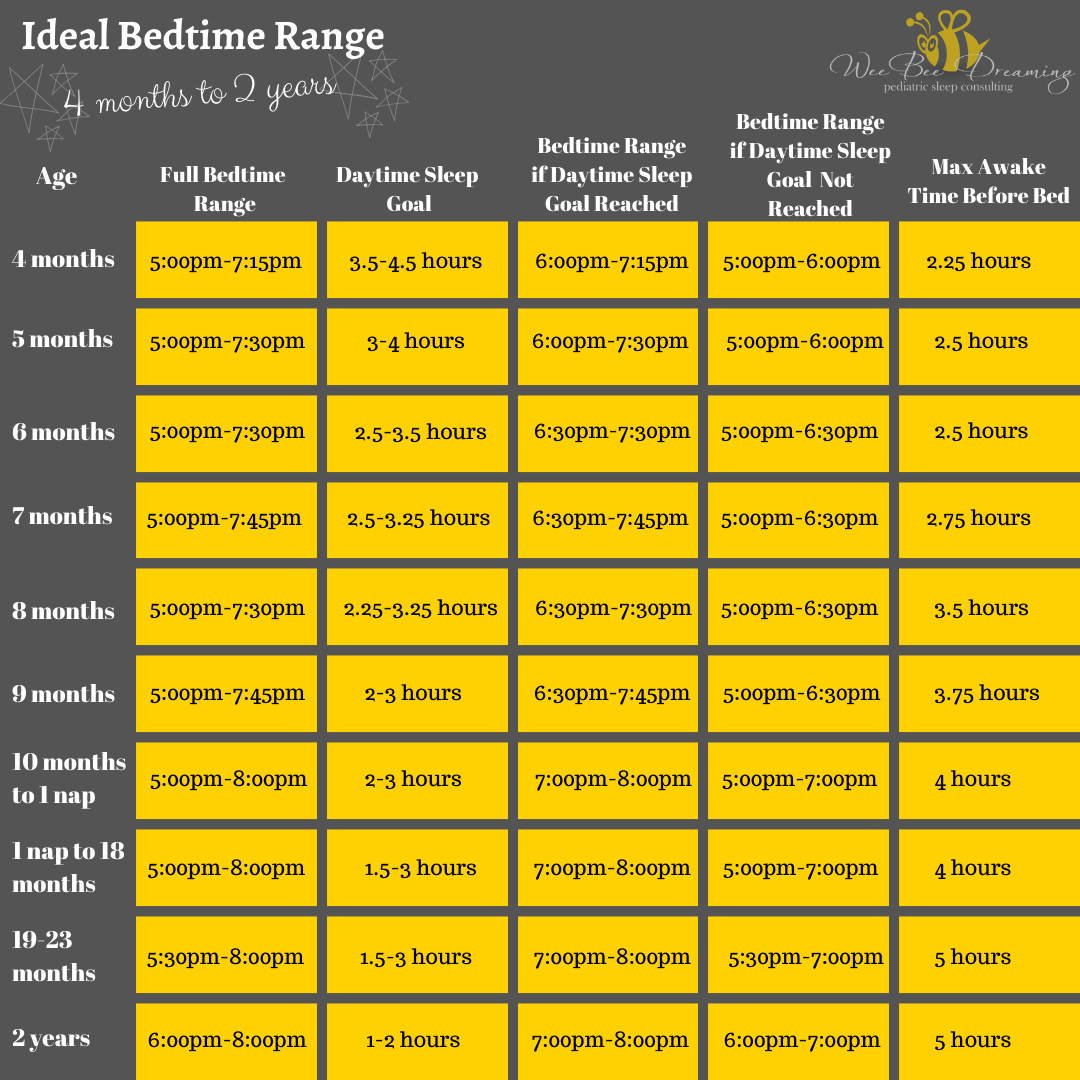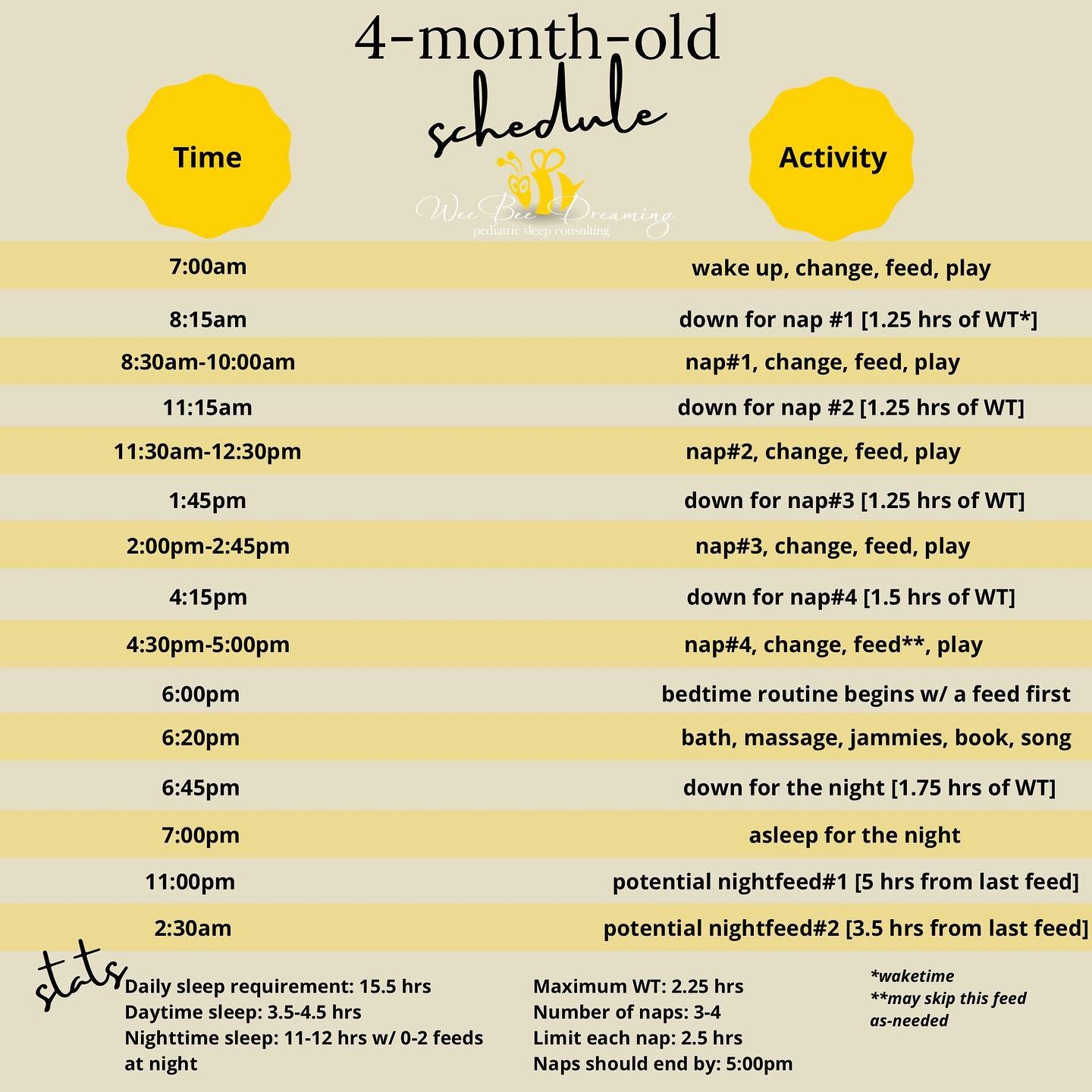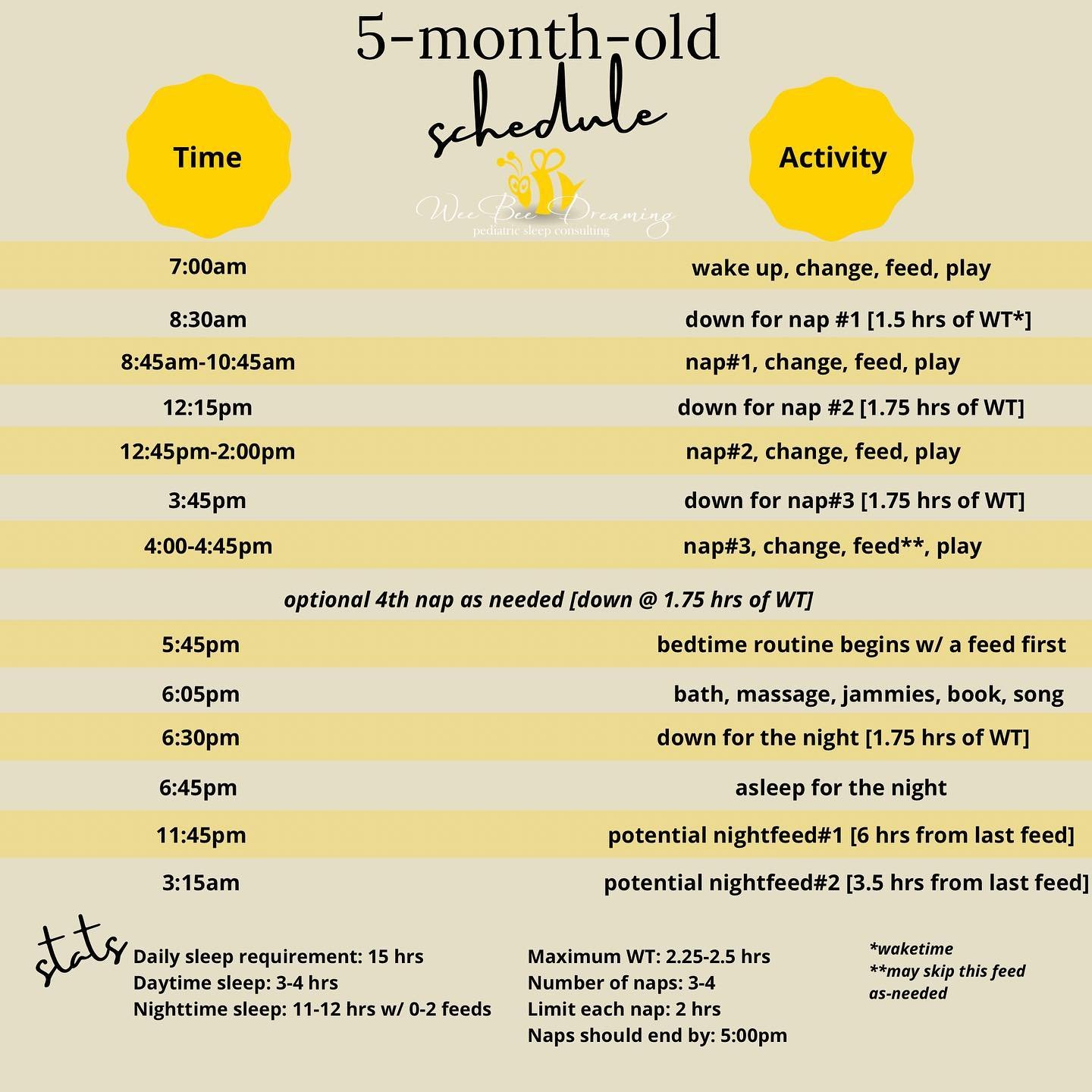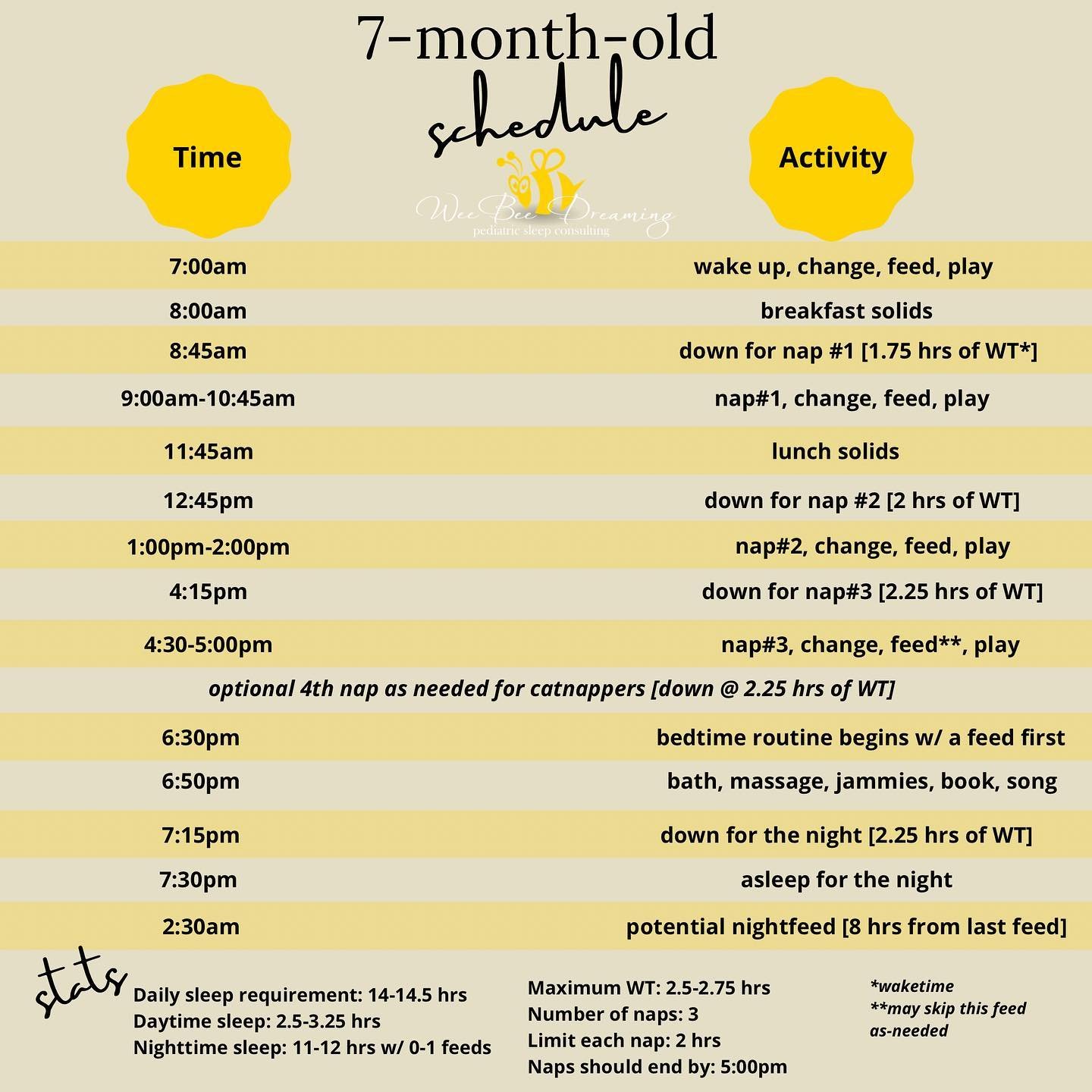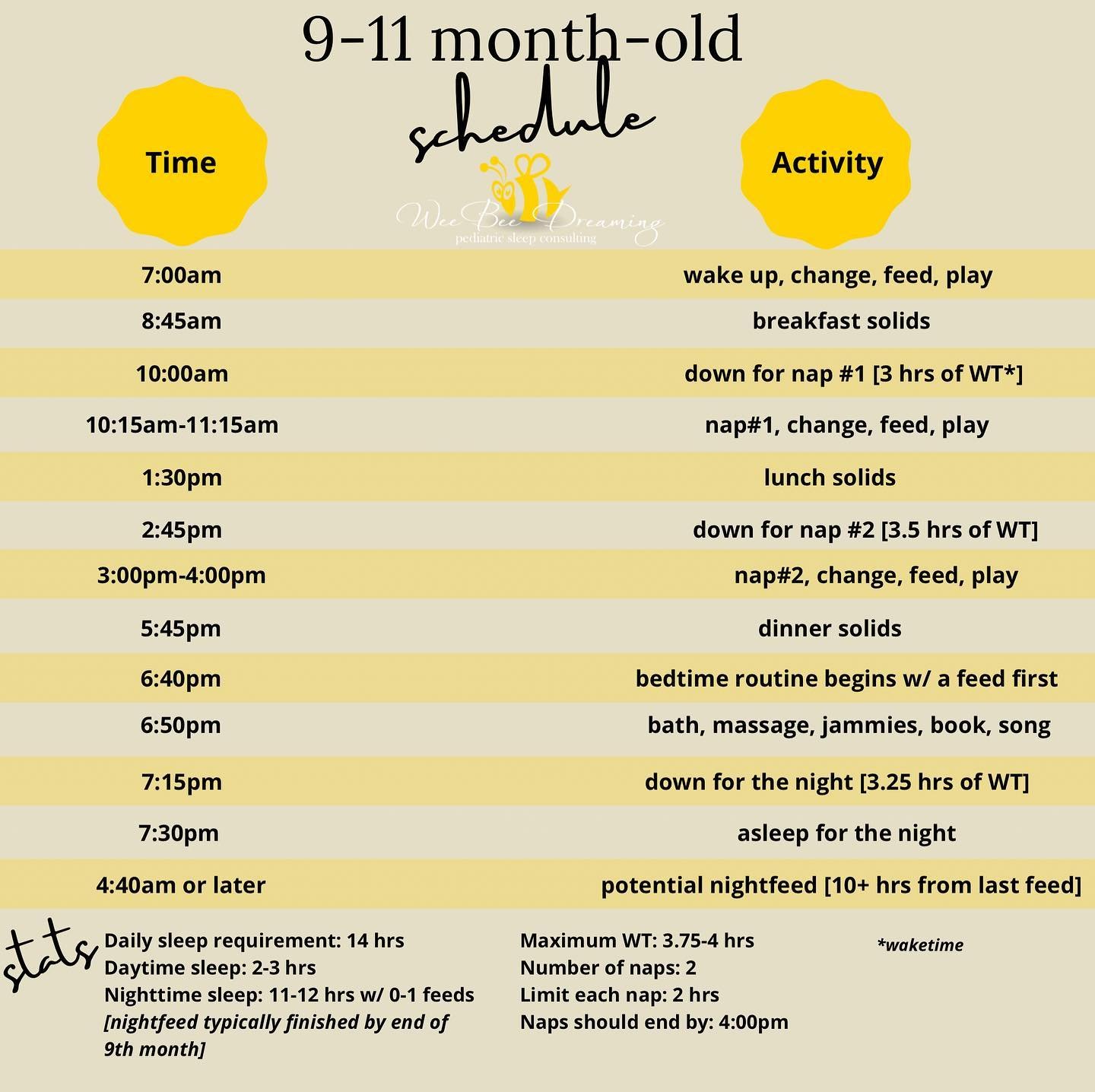Chances are at some point in your parenting career you have googled, "Is CIO harmful" ,or "The effects of CIO on babies", or something similar to that. I know I did; when my 4 month old was up 183943 times a night - and the things I read were horrible! Terrible! "I will never do that to my child", I thought. But the more I read, the more I really researched what these 'studies' were all about, the more I realized that, no, this was not harmful to my child. What was more harmful to her was the lack of a routine and the sleep deprivation that she was experiencing. The endless hours of screaming at night because she was utterly exhausted, the 'micro-naps' during the day. And not to mention my own sanity - I was losing it! So when I decided to become a Professional Sleep Consultant, I did some more 'CIO Homework' and I found those same studies/articles and also some "Pro" CIO studies/articles and I debunked them. Keep reading below for my findings:
ANTI-CIO #1:
"Ongoing childhood stress can permanently alter the way a child’s brain works".
-2013 United States Lactation Consultant Association. Editorial written by Kathleen KendallTackett.
“PRO”-CIO #1:
"Behavioral sleep techniques have no marked long-lasting effects (positive or negative). Parents and health professionals can confidently use these techniques to reduce the short- to medium-term burden of infant sleep problems and maternal depression".
-Official Journal of the AAP
The first Anti-CIO study was conducted on the neuropsychology of trauma, with a focus on the longterm impact of childhood abuse. The participants in this study were a range of ages, some adults and some under the age of 5. The findings were consistent with the theory that chronic stress is bad for the brain, and this was especially true for children. Ongoing childhood stress can permanently alter the way a child’s brain works. Now that last sentence there is where this study loses its credibility in a CIO debate. Ongoing childhood stress is bad for the brain. Letting your baby cry to teach them self-soothing skills in an otherwise rich and loving environment is NOT “ongoing childhood stress”.
The “Pro” CIO study (I put pro in quotations because I don’t believe that anybody is necessarily “pro” CIO) was conducted by a team of researchers in Australia. The study included 326 children with parent-reported sleep problems at the age of 7 months, and followed them over a 5 year period. There were no marked differences emotionally in the children who underwent sleep training techniques as babies, as well as any attachment issues between mother and child in the families that used CIO techniques.
ANTI-CIO #2:
"Science Says: Sears quotes a study that states that infants who experience persistent crying episodes were ten times more likely to have ADHD as a child, along with poor school performance and antisocial behavior".
-askdrsears.com
“PRO” CIO #2:
What some may diagnose as ADHD, might really be chronic sleep deprivation, potentially stemmed from poor sleep habits beginning in infancy.
-National Sleep Foundation
The article written by Dr. Sears entitled “Science Says: Excessive Crying Could Be Harmful” is probably the most quoted article by anti-CIO advocates. But his “science” is flawed. The study he cites was conducted at Pennsylvania State with 116 families and concluded that babies who persistently cried were more likely to develop behavioral problems later in life. From this, Dr. Sears fuels his anti-CIO advocacy, claiming that CIO = behavior problems, plain and simple. What Sears does not divulge in his article is that this study has NOTHING to do with the cry-it-out method. In fact, this study instead was examining whether persistent crying in infancy was a symptom of underlying issues such as hyperactivity, which could develop later in life. As well, the study pointed out that the responsiveness of the mother to the persistent crying made no difference as “the infant who cries excessively in early infancy will be likely inconsolable”. This study, therefore, cannot be used to prop up the anti-CIO arguments. Besides, what about children that have colic as infants? Are they doomed to be riddled with behavioral problems because of a mystery condition that causes persistent and lengthy bouts of crying? Not likely.
There are many credible articles citing the similarities between a child with ADHD and a sleep deprived child. It has been hypothesized time and time again that what was thought to be ADHD (in some cases) is in actuality chronic sleep deprivation, which could potentially date back to when a child was a baby and wasn’t taught how to sleep properly. A study performed at the Department of Psychiatry in Taipei, Taiwan, polled the parents of 2643 first to ninth graders and discovered that dyssomnia (sleep-disordered breathing problems and daytime inadvertent napping) were related to ADHD symptoms as reported by mothers and teachers. Perhaps if these children were given the necessary tools as babies, and had their sleep needs respected, they would not be exhibiting as many or all of these symptoms as school-aged children.
ANTI-CIO #3:
"CIO leads to increased cortisol levels in a baby’s brain, and increased cortisol levels inhibit the development of nerve tissue in the brain, suppress growth, and depress the immune system".
-Clinical Lactation, study conducted at the University of North Texas.
“PRO” CIO #3:
"Just like adults, when babies are under stress, cortisol is produced. But how does this really translate to "trauma to brain development"? Babies are stressed if they are hurt, too cold, too hot, too hungry, and too tired, but crying is a means of expressing that stress, not the cause of the stress".
- www.slate.com, article debunking the journal produced by ‘Clinical Lactation’ written by Melinda Wenner Moyer
In the study supporting the Anti-CIO argument, 25 infants, ages 4-10 months, went through a 5-day CIO sleep training program at a lab in New Zealand. The researchers measured the blood cortisol levels in both the infants and the mothers before and after the babies were put to sleep on the first and third nights. The theory concluded that the cortisol levels of the babies certainly rose during the study, and never dropped, which is dangerous as even though there was an absence of crying after a couple of nights, the cortisol levels remained high, meaning the babies continued to be stressed.
What is an interesting finding here is that the babies’ cortisol levels did in fact rise, but they did not increase upon leaving the children to cry themselves to sleep. It is impossible to conclude that the babies were indeed stressed by the sleep training methods when there was no rise in the levels. What we can conclude is that it is likely the babies were stressed from being put to sleep in an unfamiliar environment, but there is no further study done on babies at home in their beds, and their cortisol levels upon sleep training.
ANTI-CIO #4:
In a study performed on rats, rat mothers who were nurturing towards their rat babies (i.e. licked their babies often) produced more growth hormones and changed the chemistry of the DNA in certain genes involved in the offspring's stress response.
-Dr. Michael Meaney, professor at McGill University
“PRO” CIO #4:
"CIO is not a punishment, it is not a result of a mother who does not wish to nurture their child, it is a lesson in self-soothing".
-article written by Chad Skelton in the Vancouver Sun
In this study performed by Dr. Michael Meaney (and quoted by many anti-CIO advocates), female rats and their nurturing behaviors toward their babies were observed. It was discovered that the level of care a rat mother gives her pup changes the chemistry of the DNA in certain genes involved in the offspring's stress response. If in the first 10 days of life (which is equal to the first 6 months of a baby’s life), you have a low nurturing mother rat, the gene that controls anxiety is never turned on, and the rat is anxious towards new situations for the rest of its life. We can therefore allegedly conclude that when we use the CIO method with our children, they will turn into anxious children. I digress.
First and foremost, there aren’t many sleep experts that would promote CIO (strict CIO – i.e. Extinction) on a baby under the age of 6 months. Second, this comes back to the assumption that a mother who chooses CIO is not a nurturing parent. We are choosing to ignore a baby’s cries at certain periods in the day – sleep time – not around the clock. An otherwise nurtured child who was taught self-soothing techniques by a parent using CIO will in no way have the same ill effects as an abused and neglected child. CIO is not a punishment, it is a lesson. A child who is crying before a sleep period (we are talking over the age of 6 months) is not necessarily communicating to you that they NEED you, more likely it’s that they WANT you. When your child wants to play with the electrical outlets, and he cries when we move him away, do we allow him to continue playing because he cries? No. He doesn’t need to play with the outlet, he wants to.
The CIO vs. non-CIO debate has been around forever, and always will be. Everybody is entitled to their own opinion on this matter, but I think it’s worth researching both sides in order to have an educated opinion on the matter. I think it is quite obvious that the bulk of the ‘research based’ evidence toted by the anti-CIO advocates is highly skewed, and sometimes just plain inaccurate, and not even performed on humans! Every parent has a different set of philosophies, of beliefs, and what works for one family does not necessarily work for the next. But if you are facing the decision of whether to sleep train your child please do your own research and come to your own conclusions about whether or not this is harmful to your child. While CIO is not the only way to teach a child to sleep, it's important for you to feel confident in whatever method you choose.






























